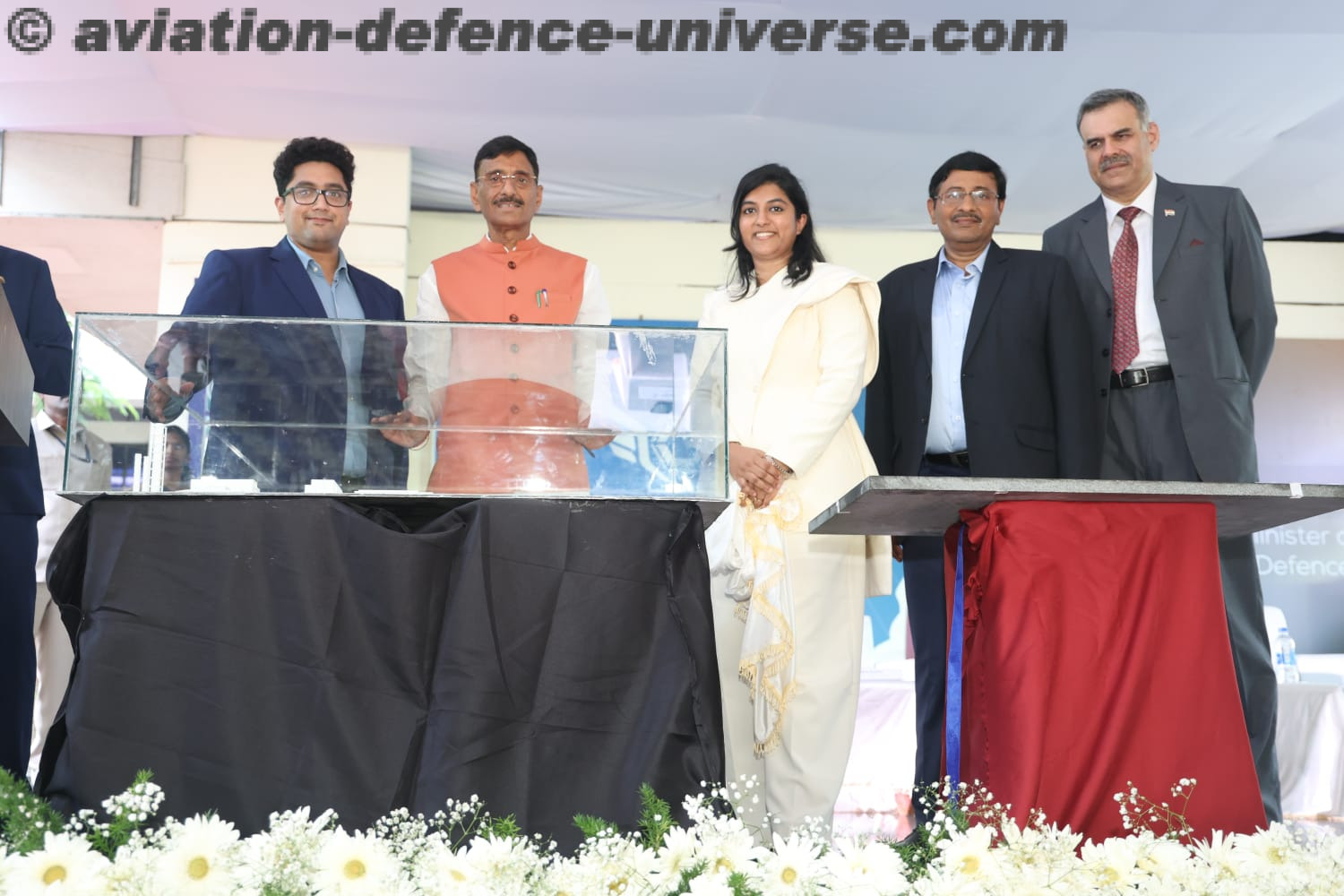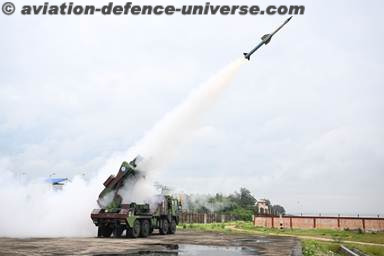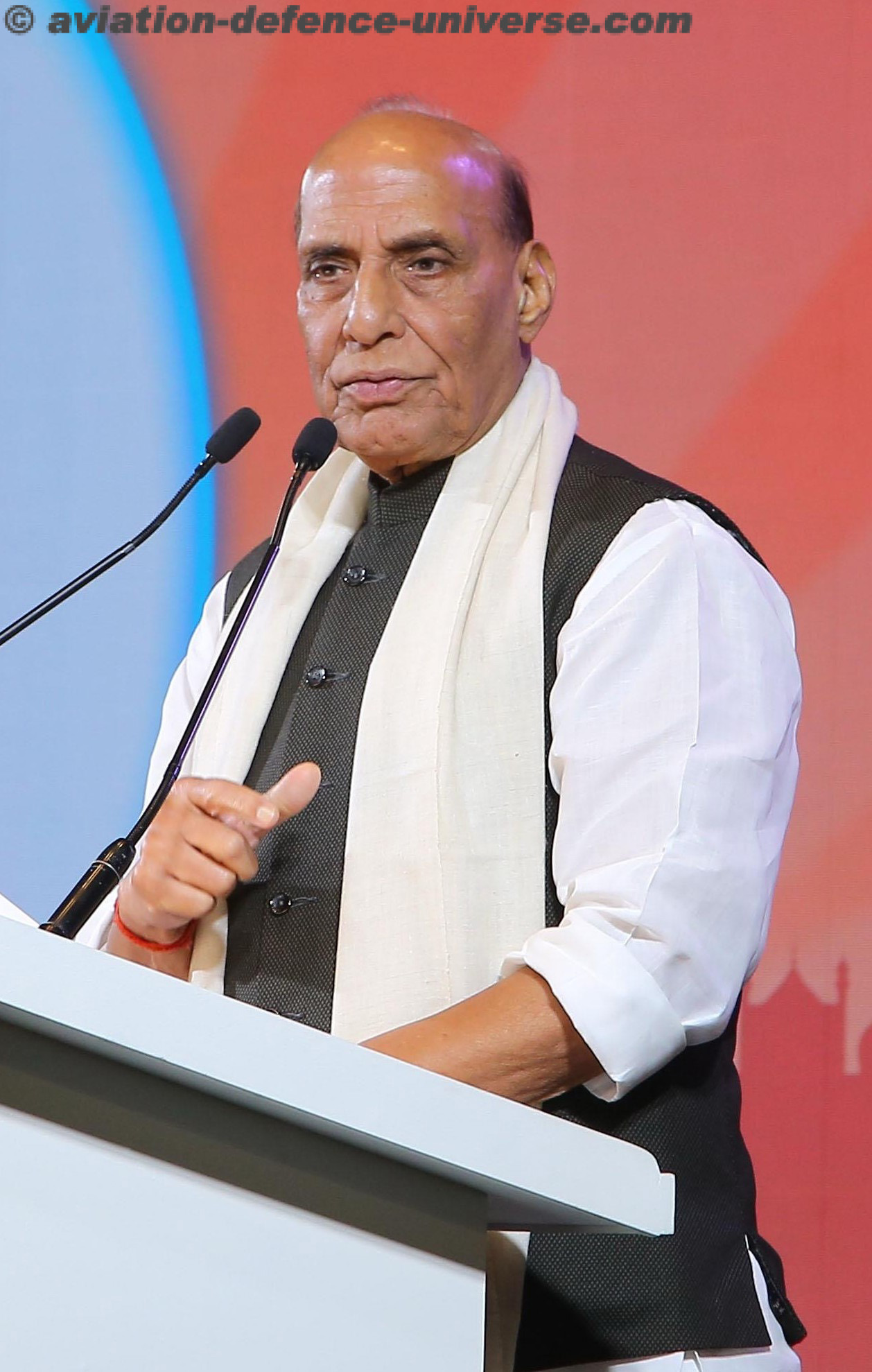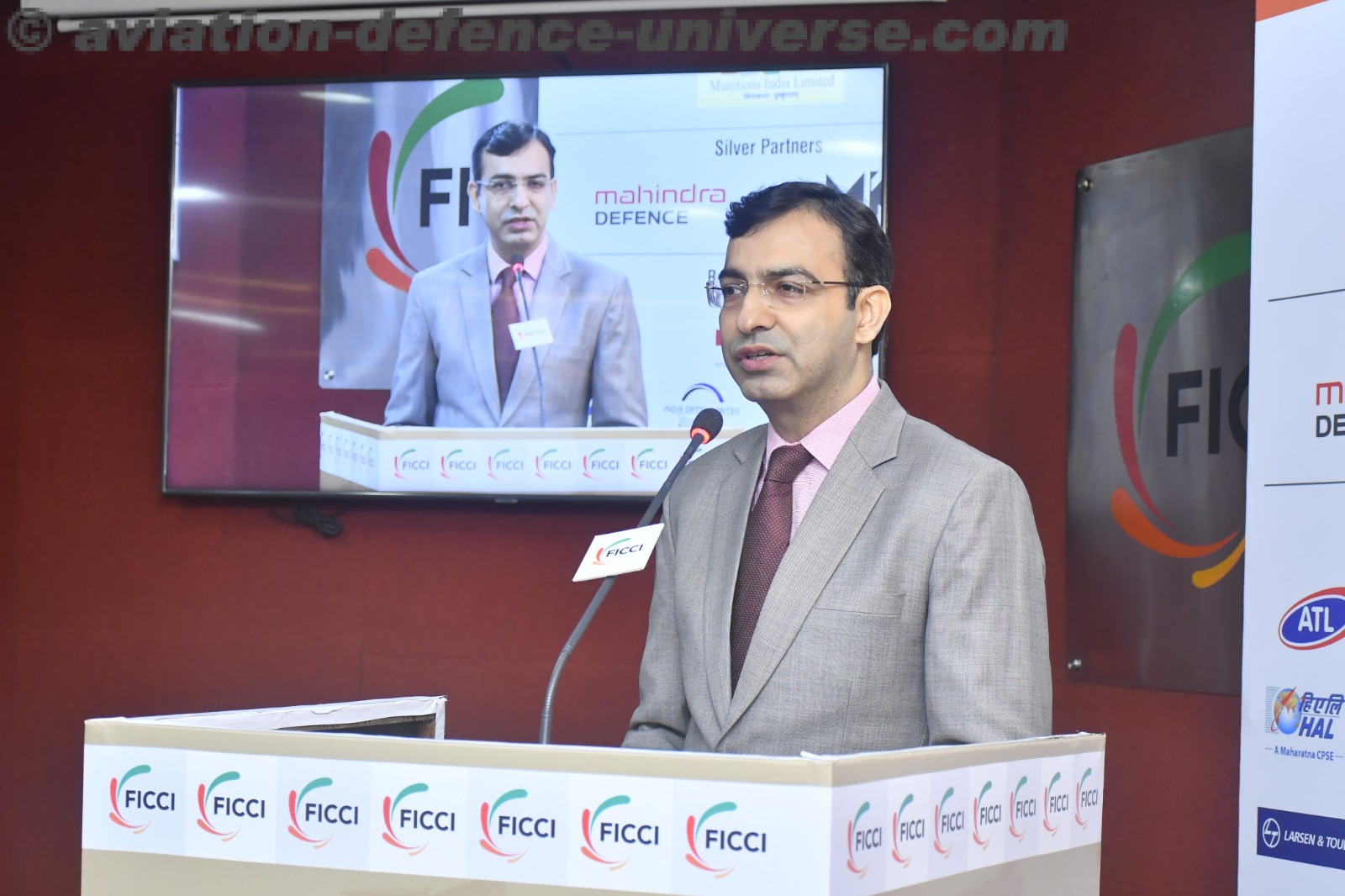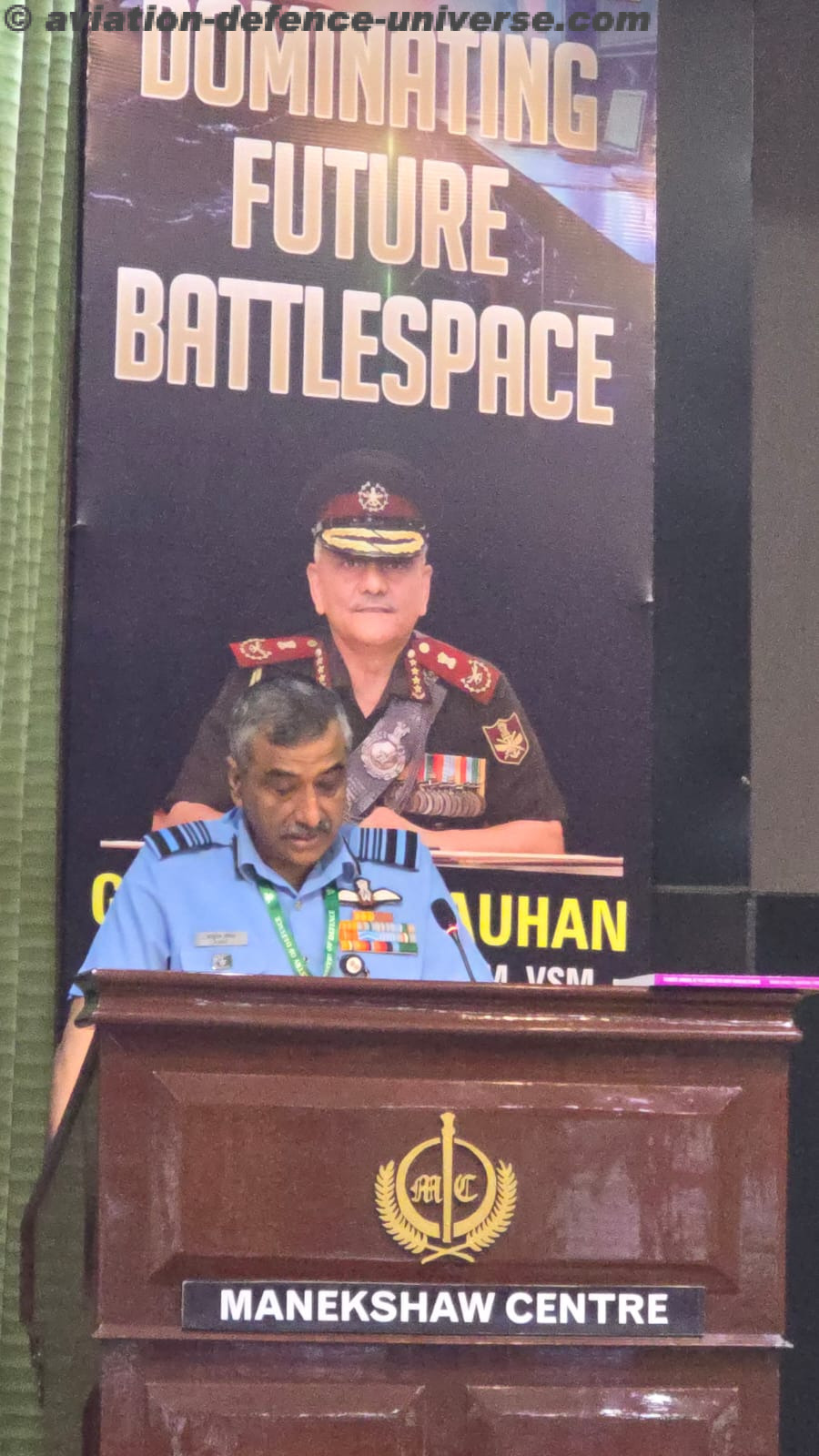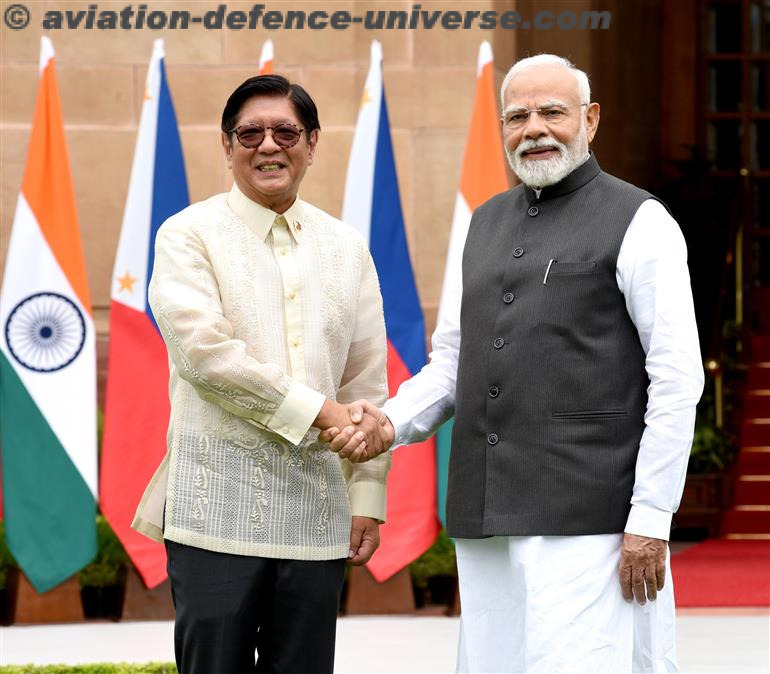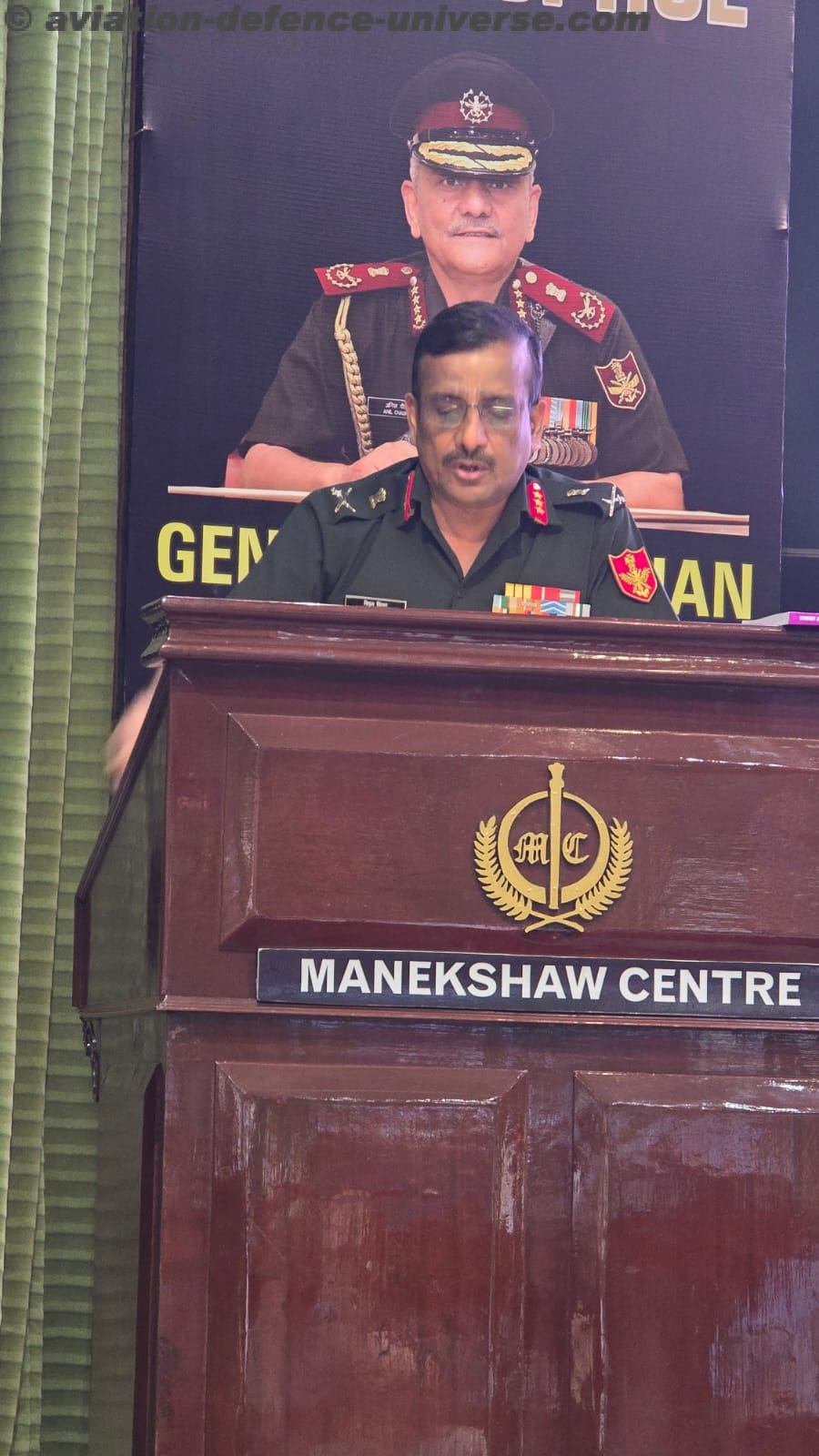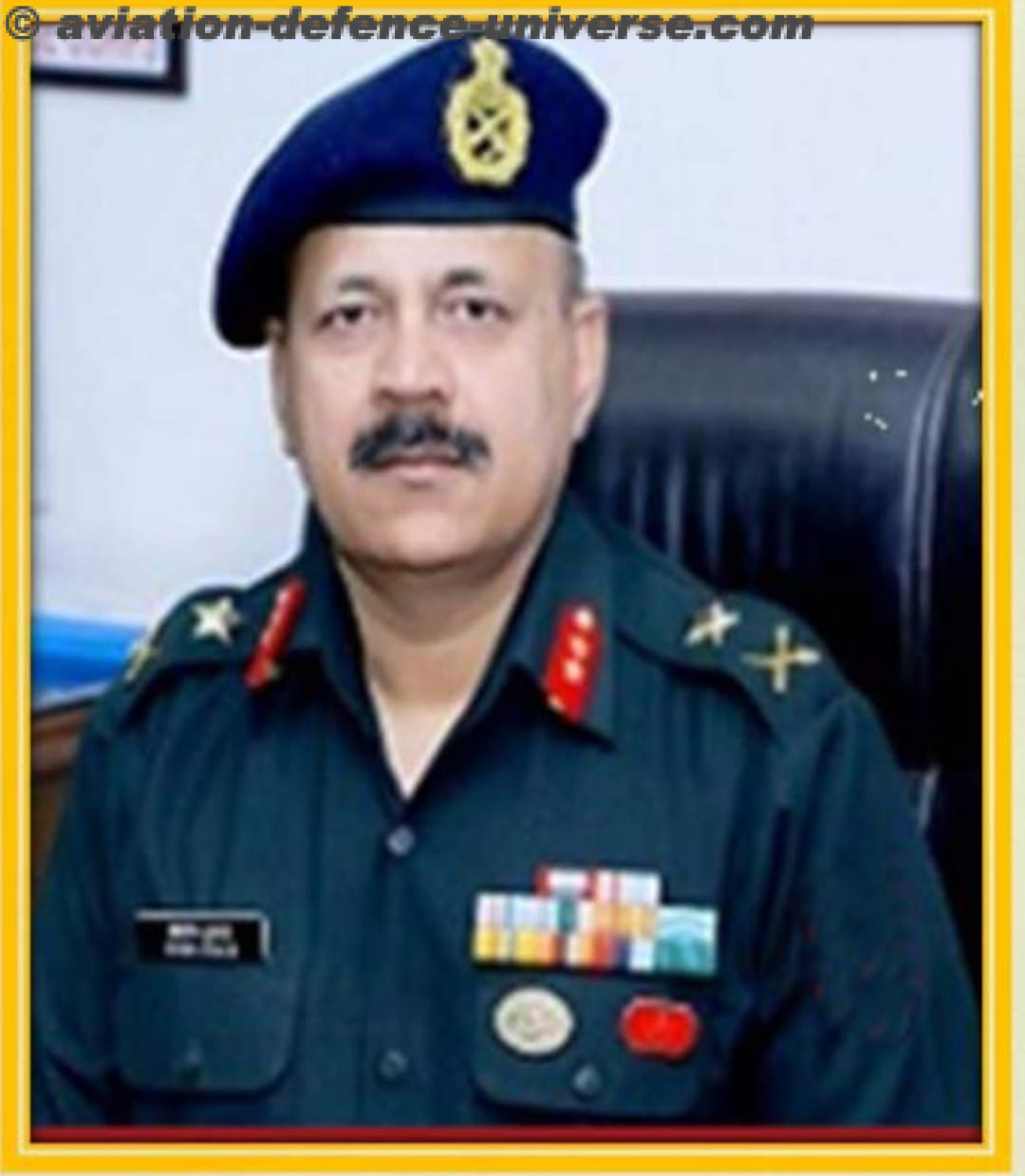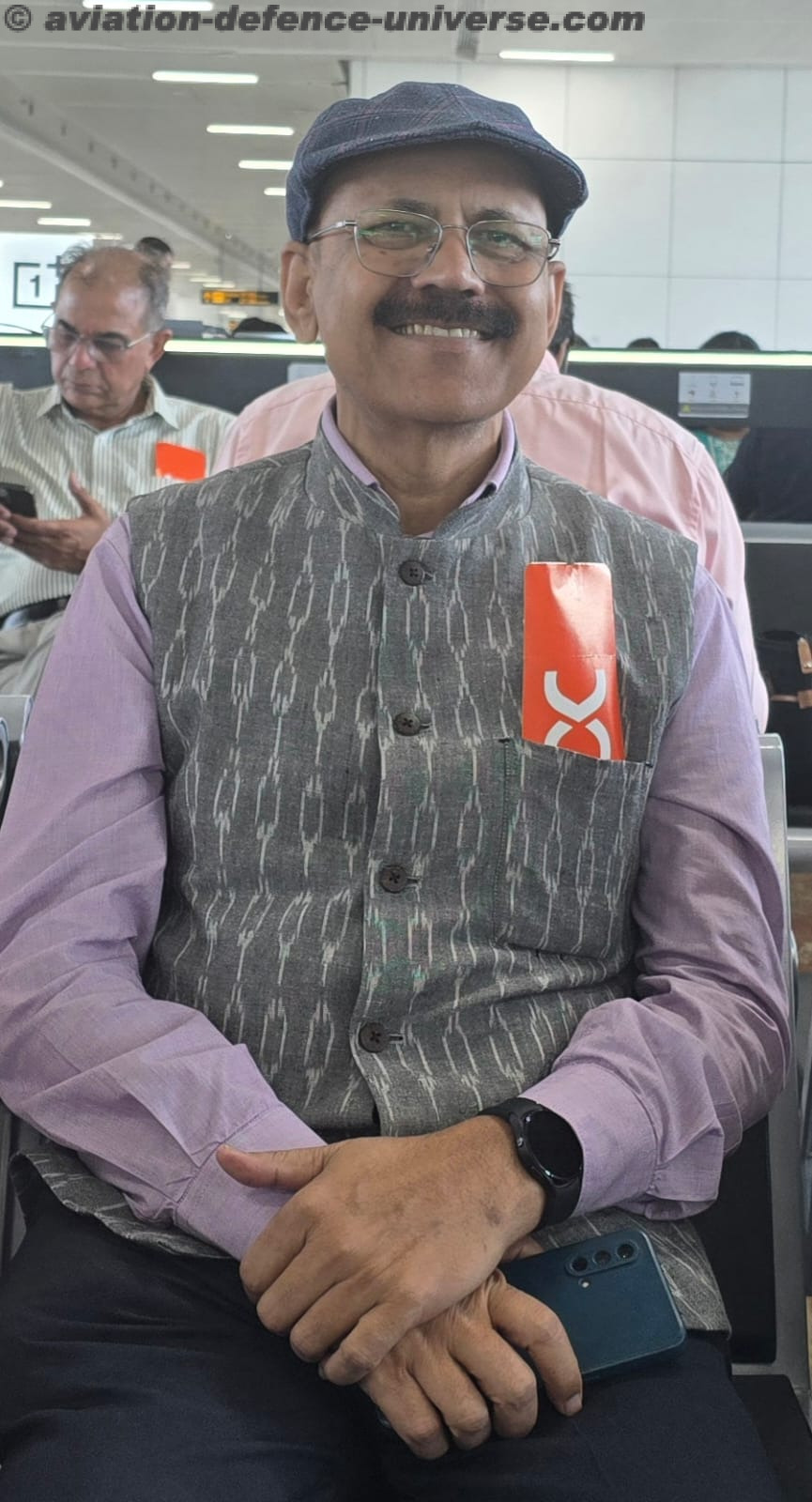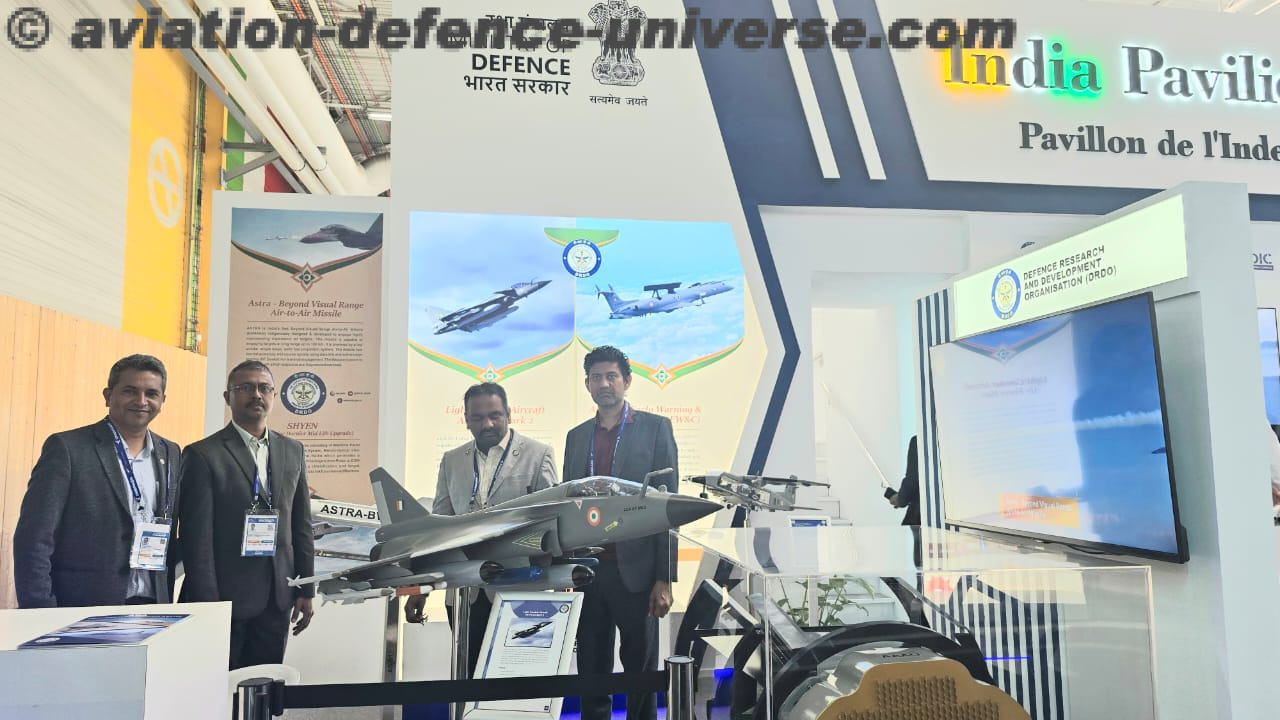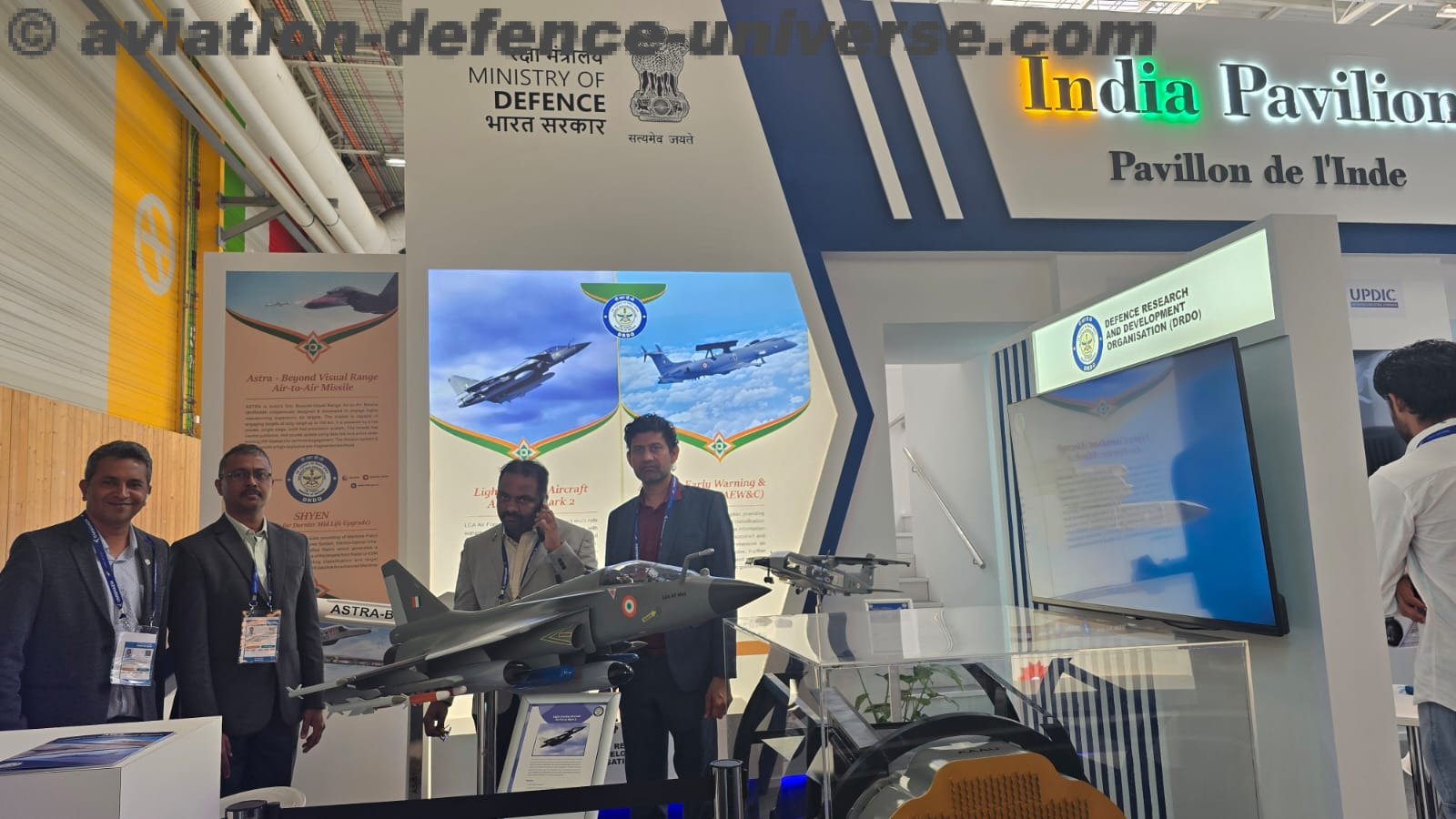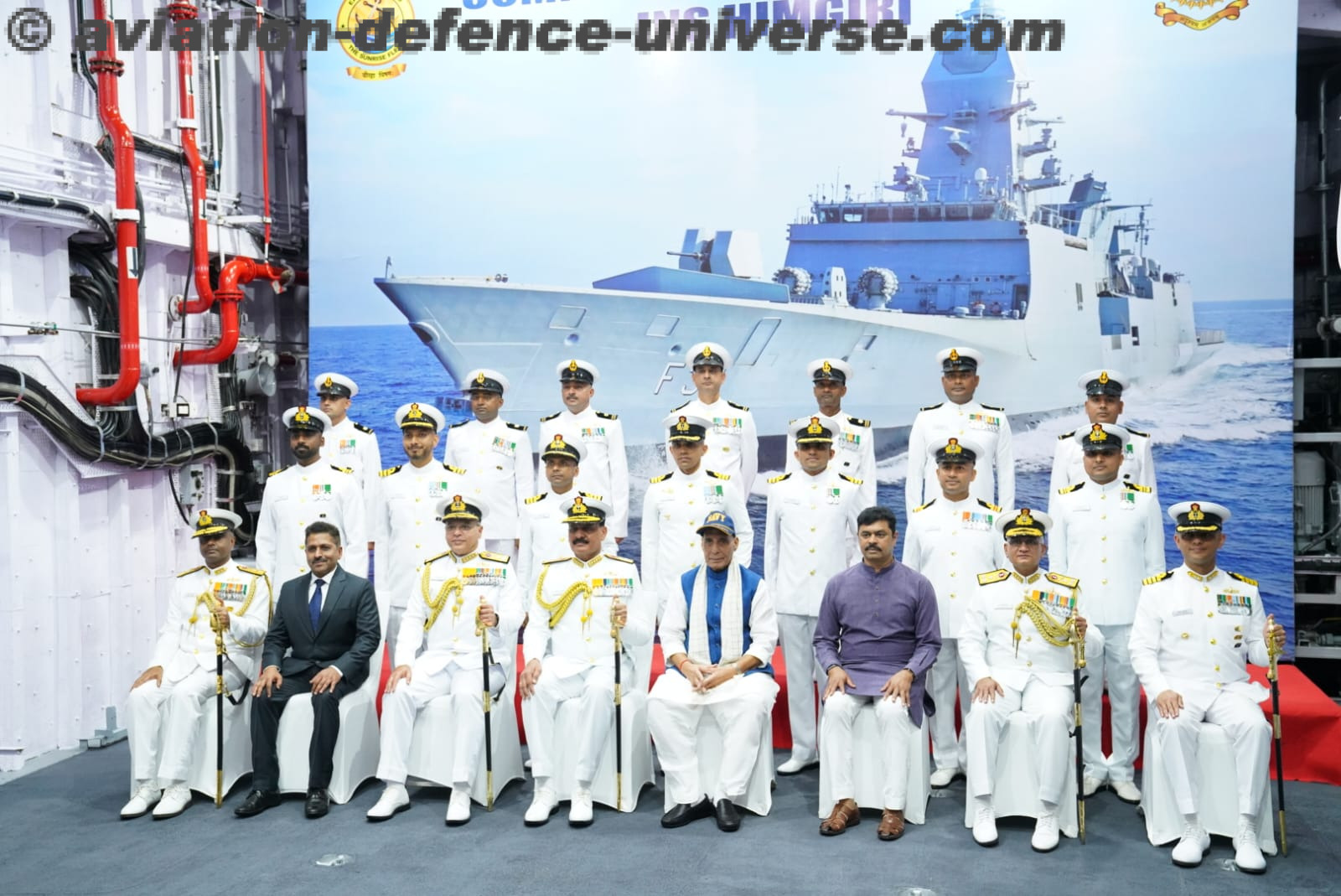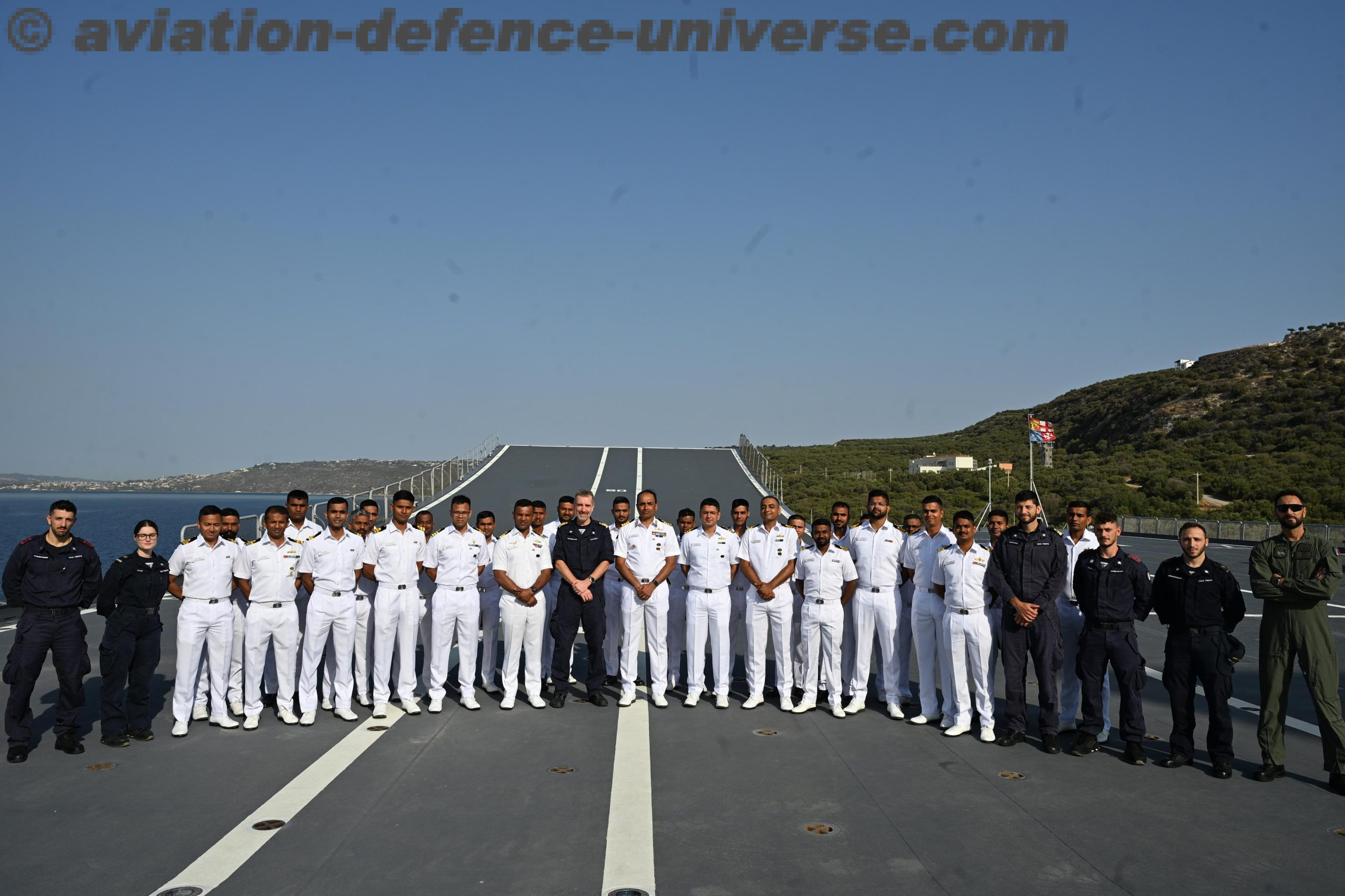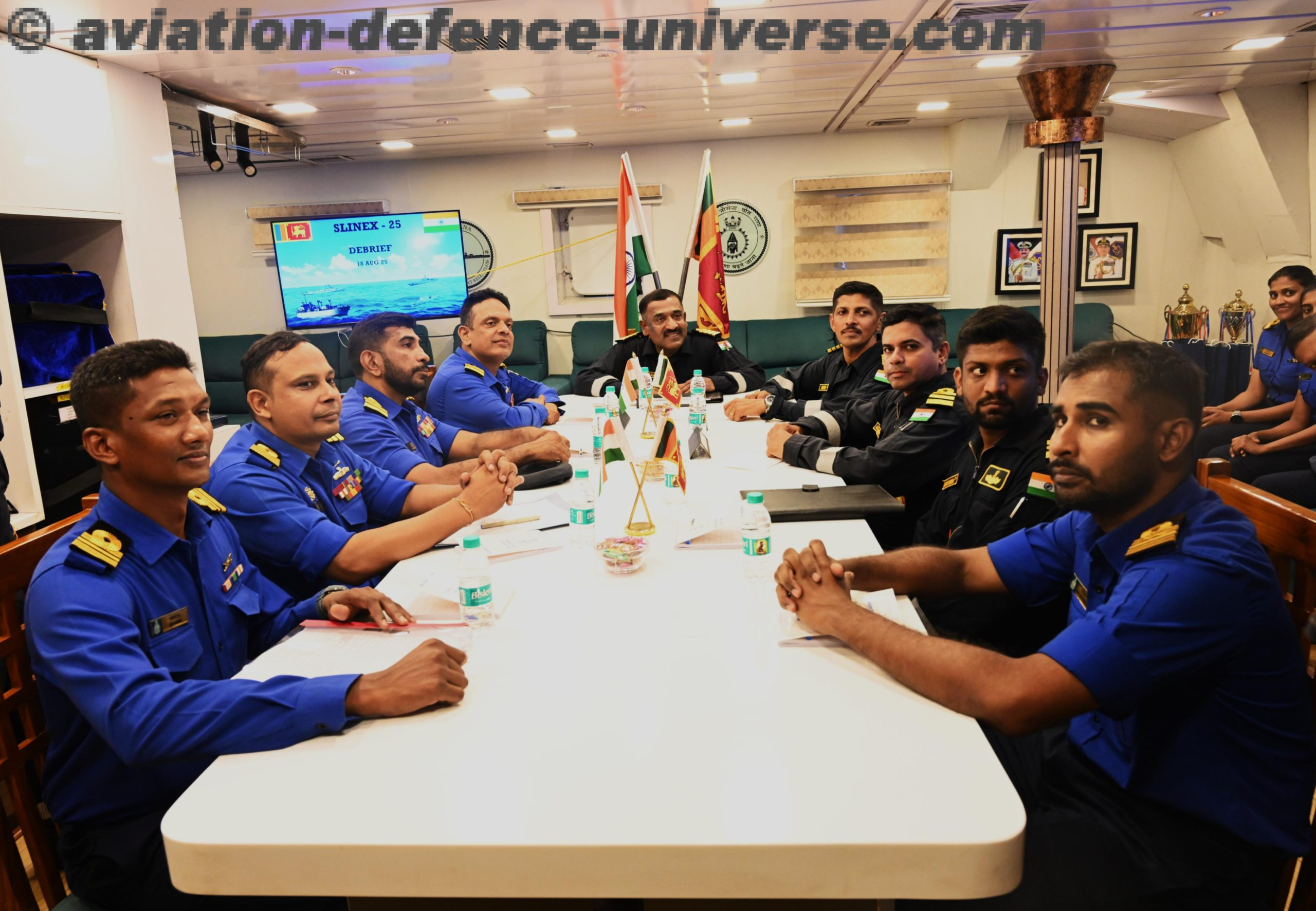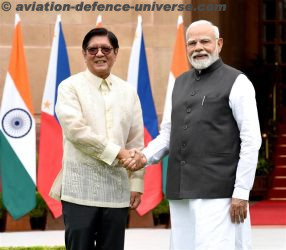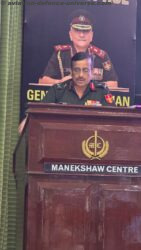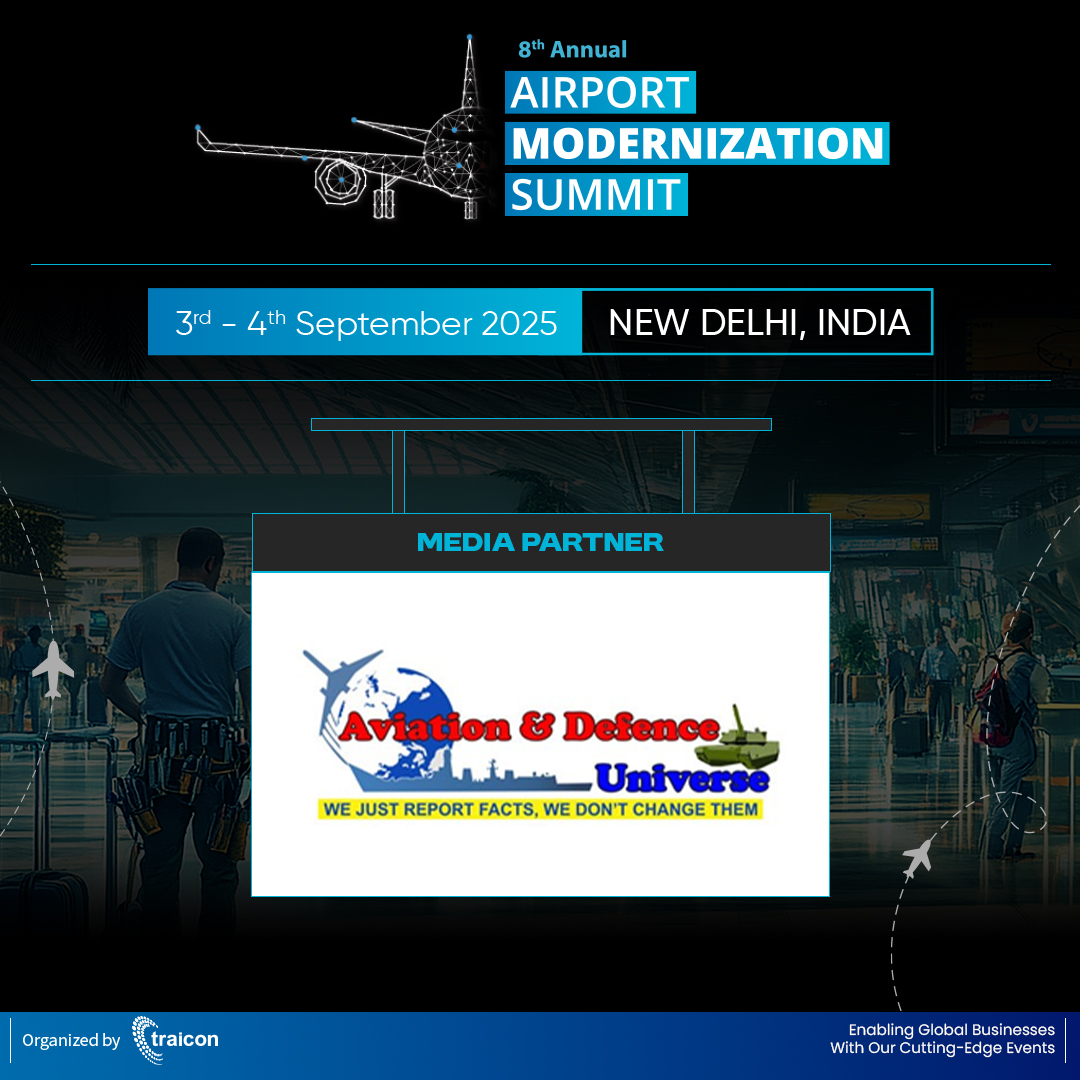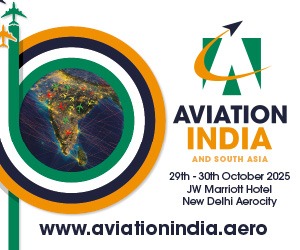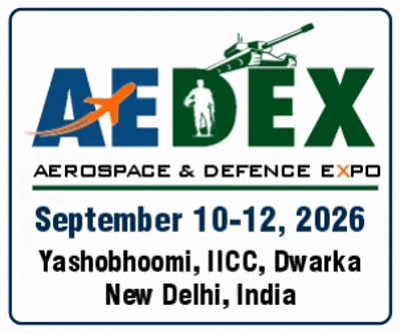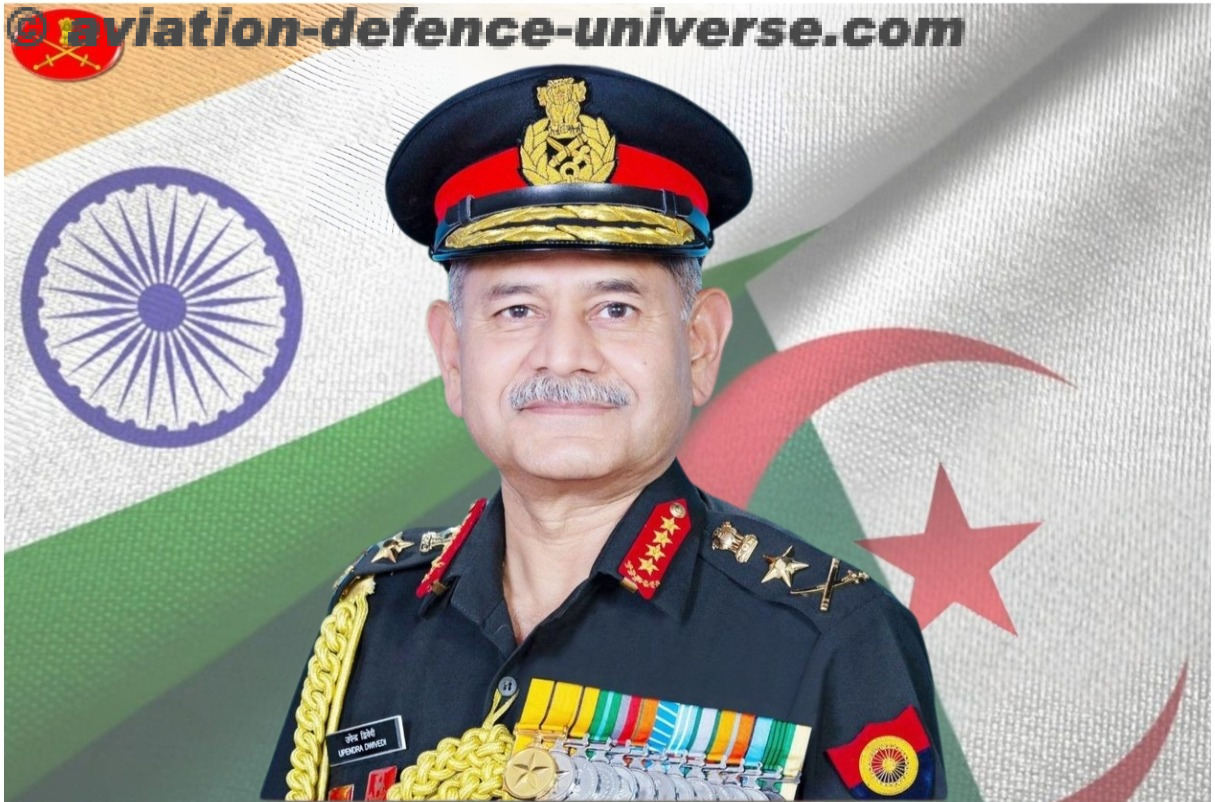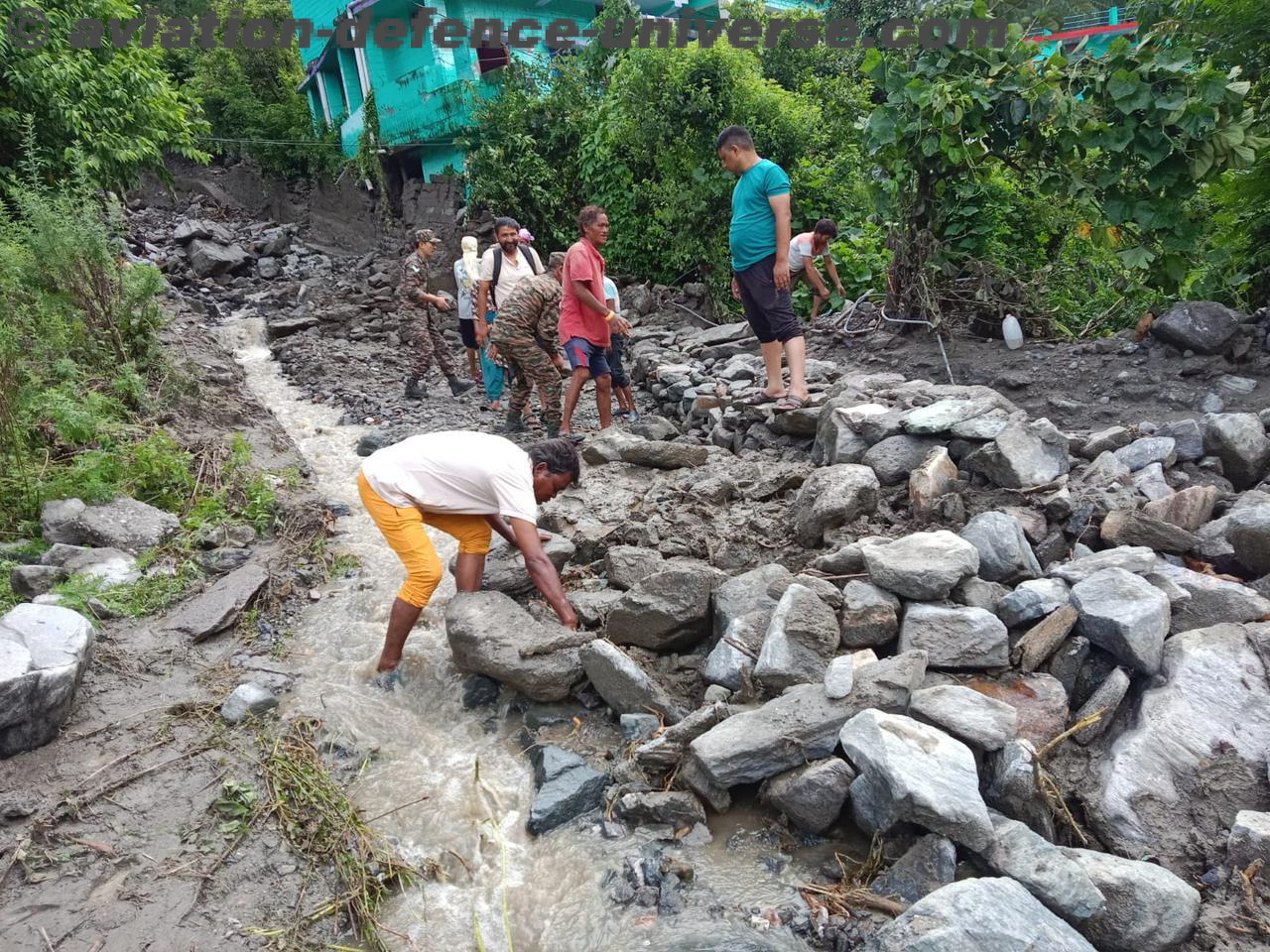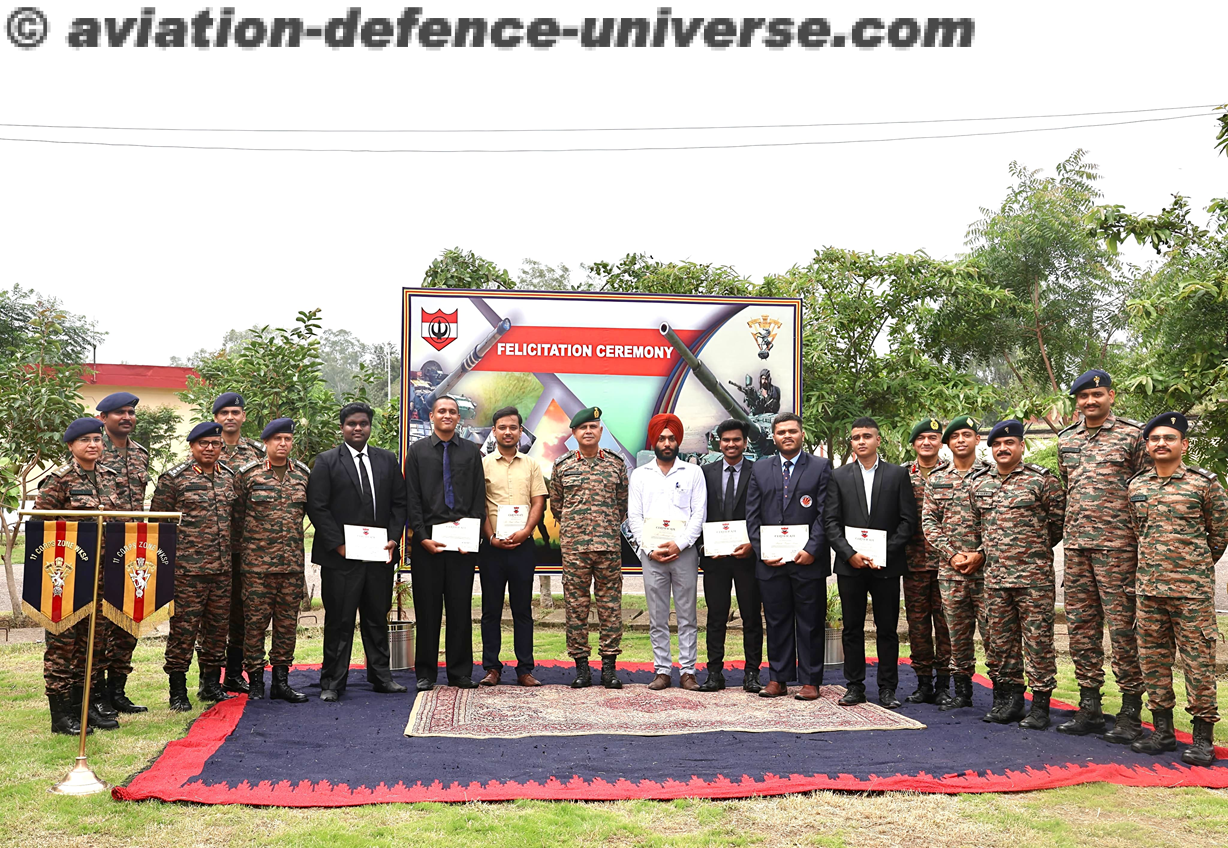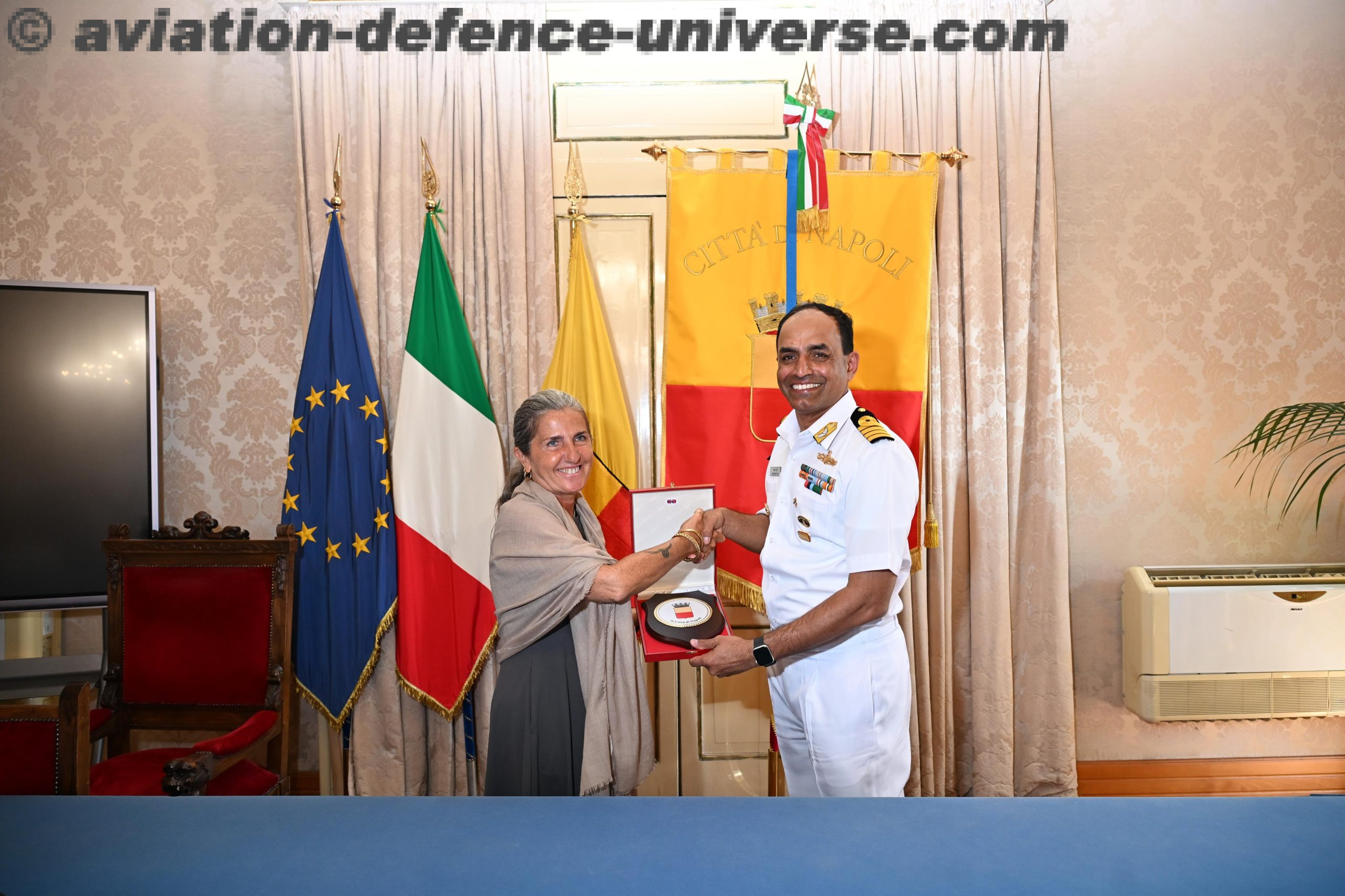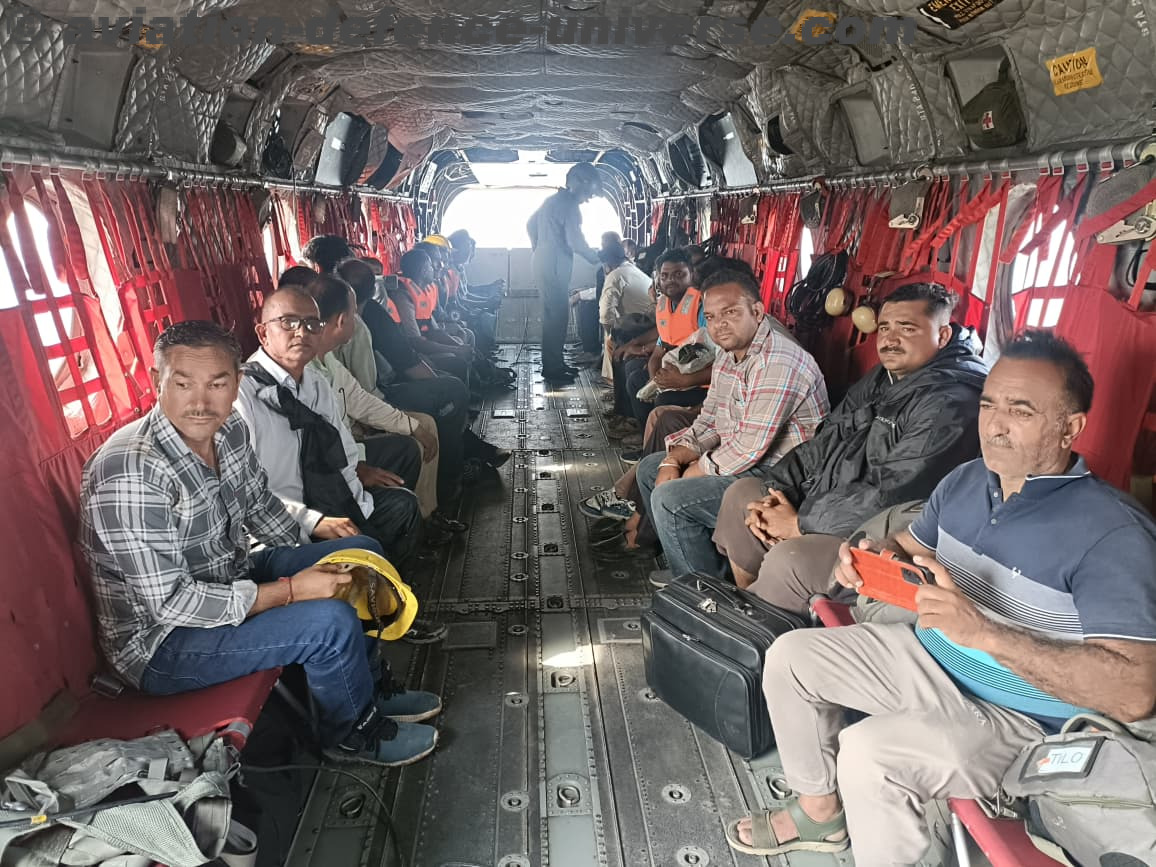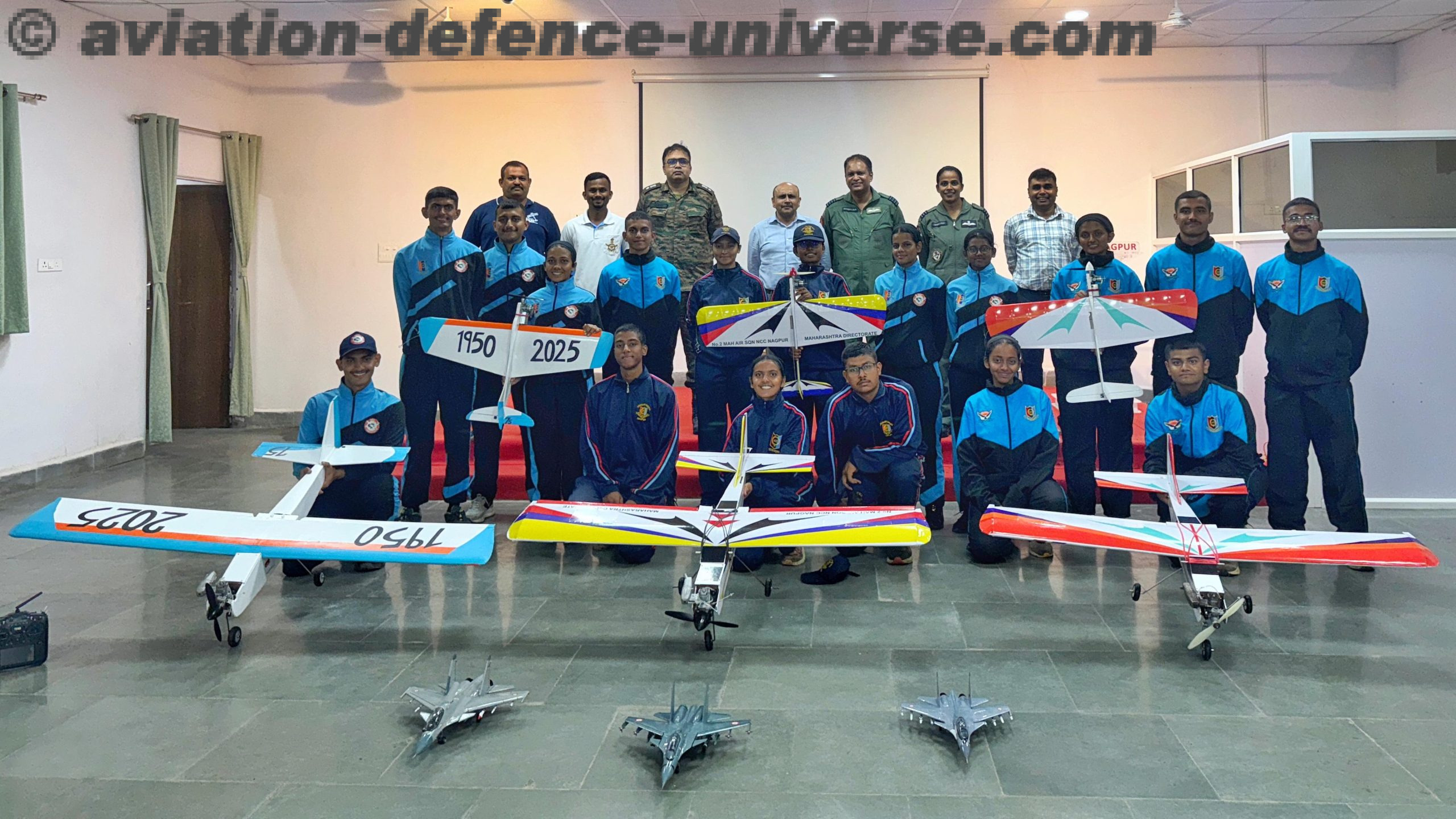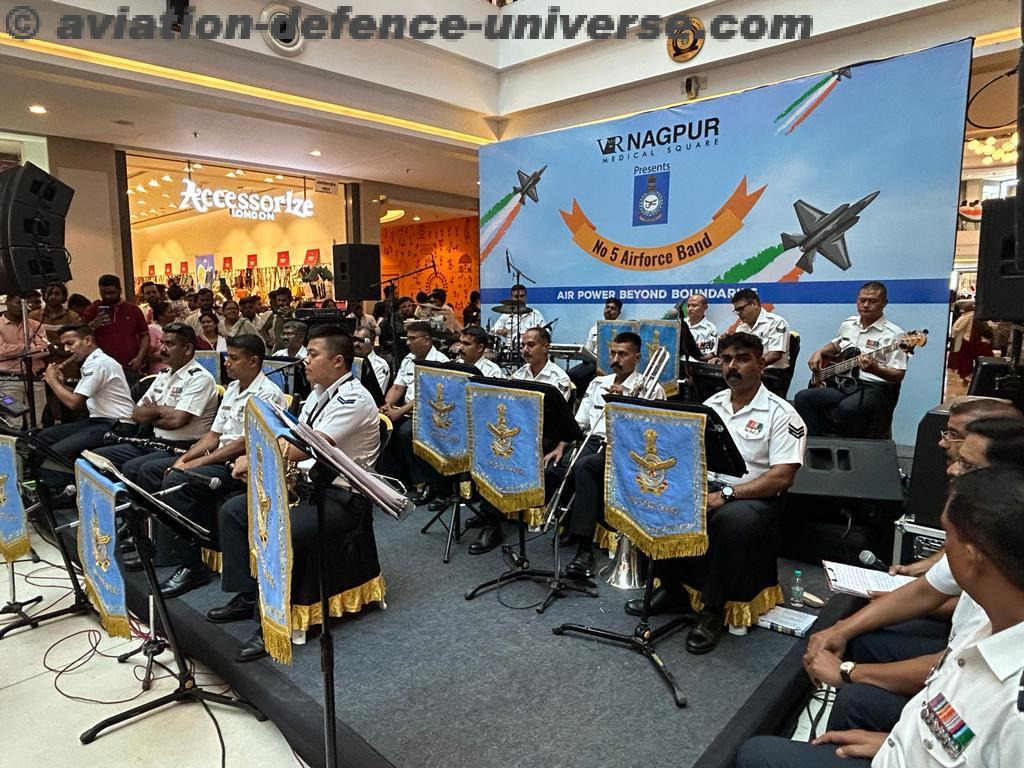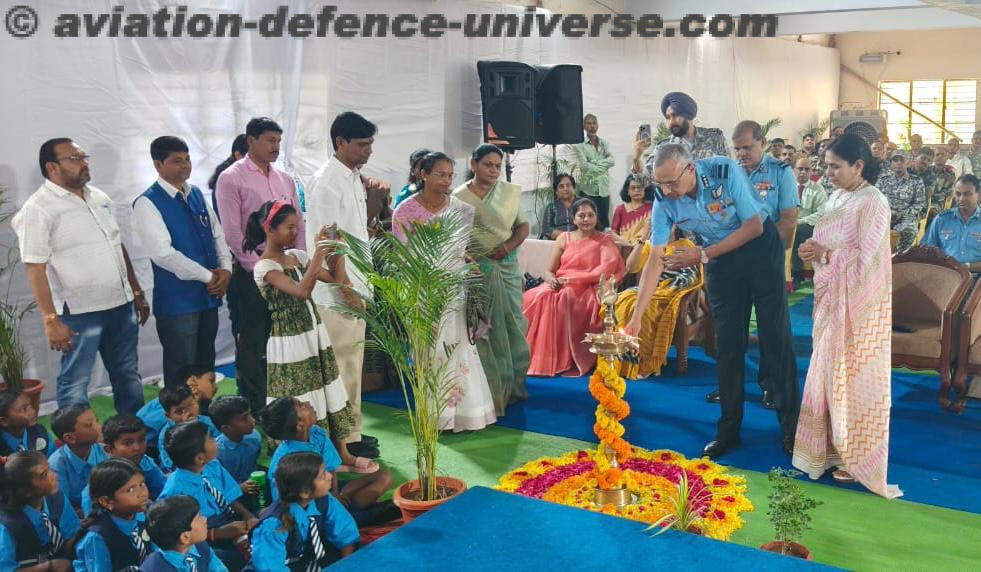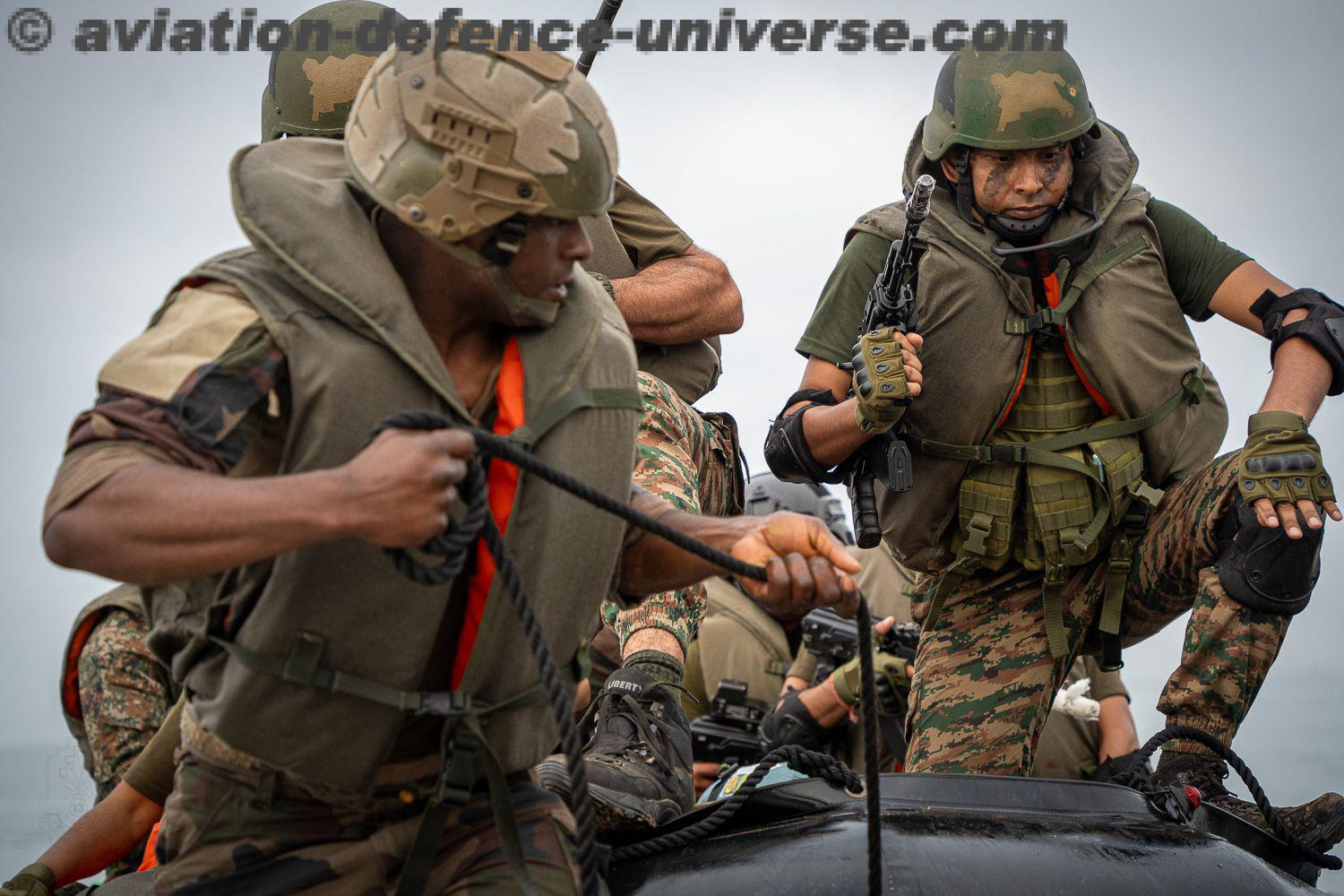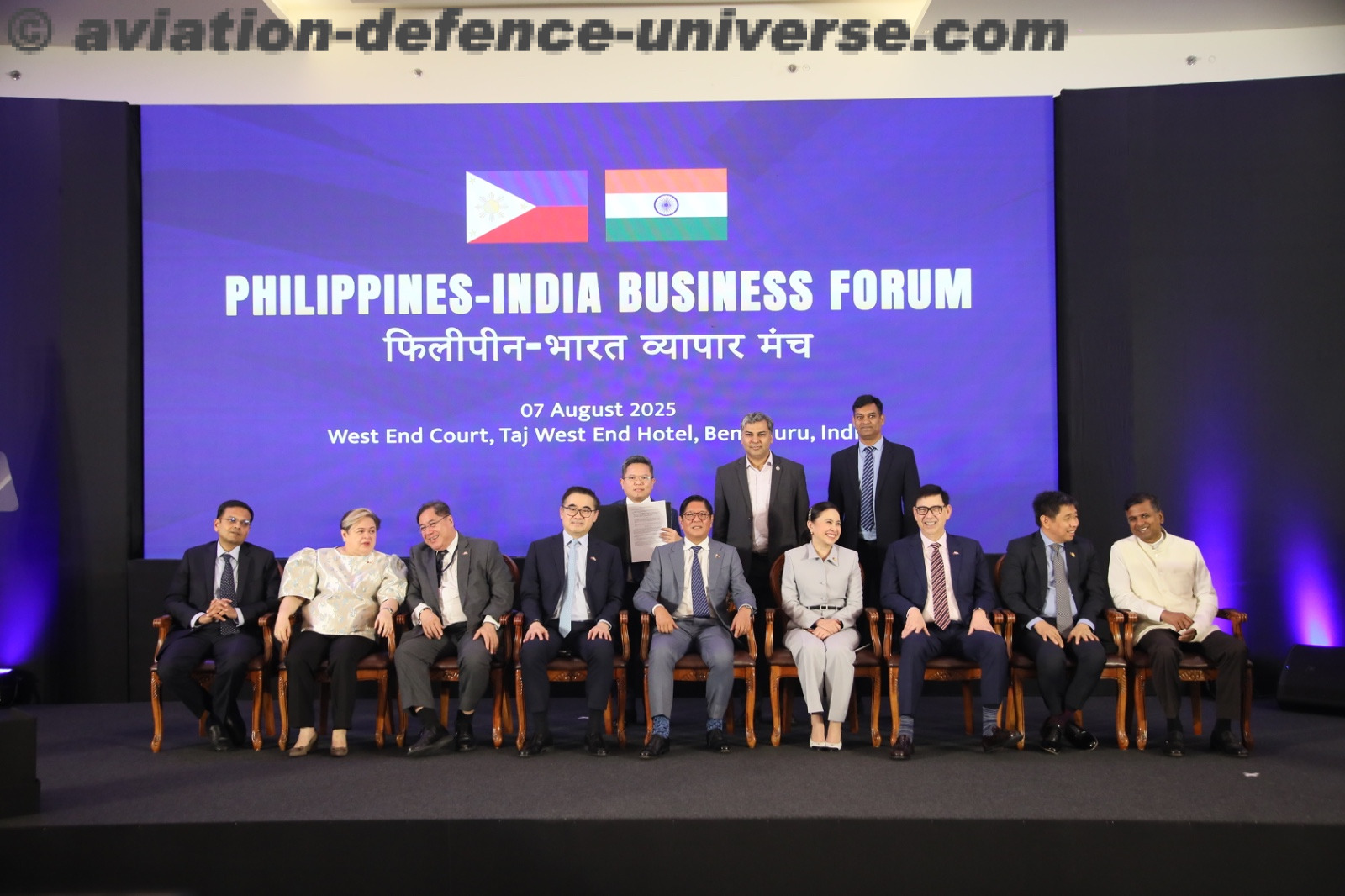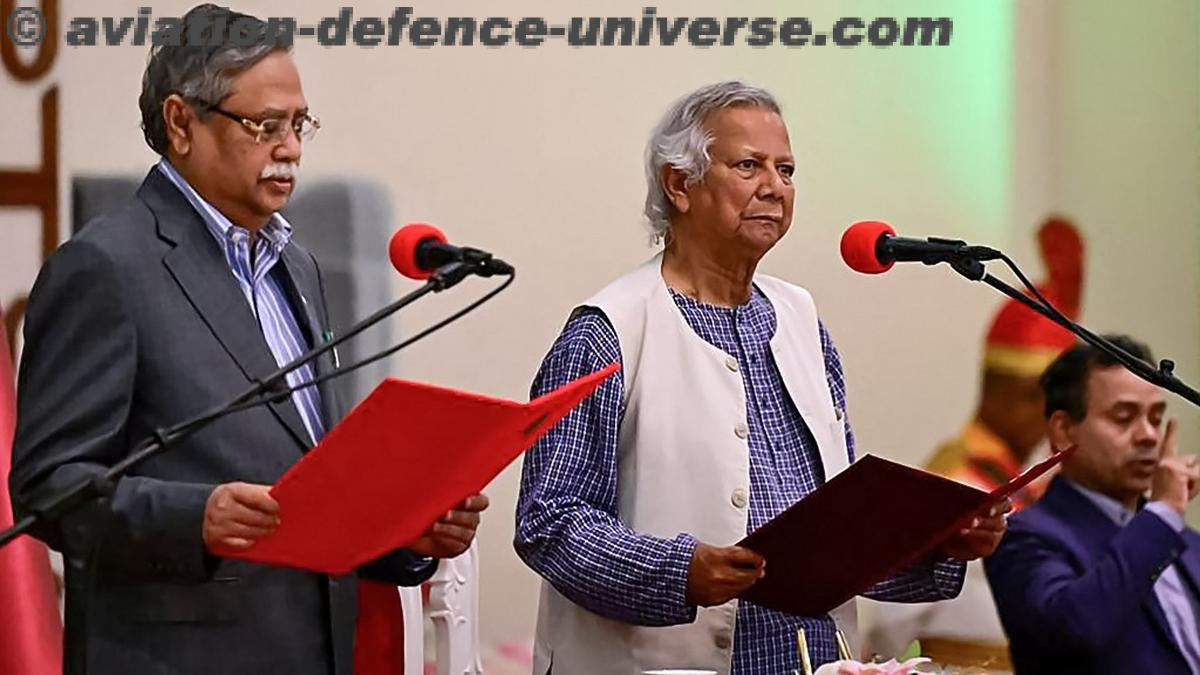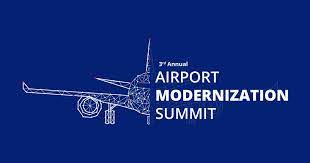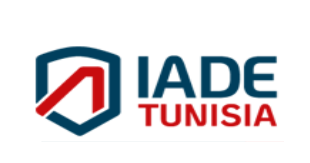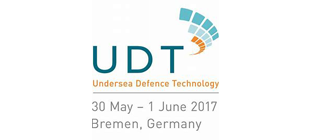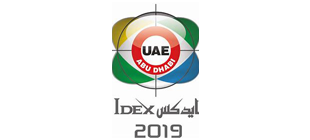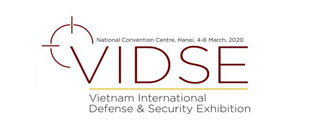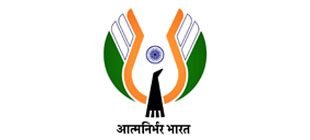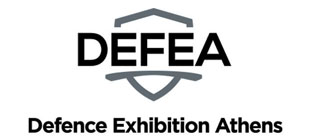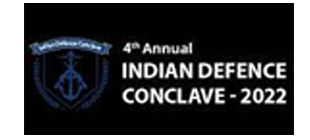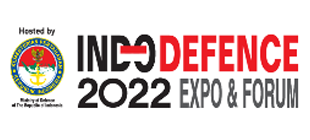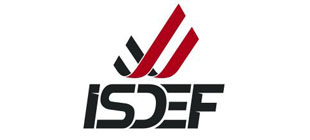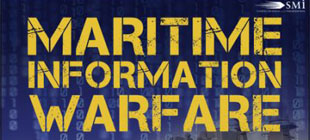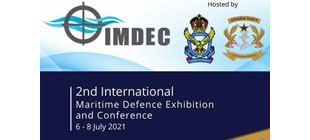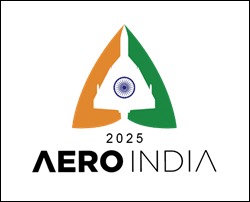- RIC Alliance in Flux: Can India Truly Trust China?
- India weighs historic ties and rising tensions in a fragile RIC alliance with Russia and China
By Jai Kumar Verma
New Delhi. 26 August 2025. The RIC alliance—once envisioned as a strategic counterweight to Western dominance—is today at a crossroads, and India finds itself grappling with a pressing question: Can it truly trust China? As strategic fault lines deepen, what was meant to be a trilateral platform for cooperation has increasingly become an uneasy triangle of power. For New Delhi, the partnership is less about shared vision and more about managing contradictions, particularly in its fraught relationship with Beijing. The RIC framework now embodies both opportunity and risk, as headlines like “RIC in Turbulence: India’s Dilemma Over Trusting China” and “RIC at the Crossroads: Strategic Partner or Strategic Rival?” suggest. With China’s growing assertiveness and Russia’s evolving alignments, India is forced into a precarious balancing act—between cooperation and confrontation, between partnership and pretence. The central dilemma is clear: will RIC be a meaningful platform for multipolar stability, or will India’s uneasy equation with China render it an alliance in flux?
Recently Russia has again called for the revival of the Russia-India-China (RIC) trilateral format, citing recent signs of de-escalation in border tensions between India and China. The RIC format has historically served as a platform for dialogue and cooperation among the three major powers, facilitating over 20 ministerial-level meetings over the years. These engagements have focused on fostering collaboration in areas such as foreign policy, economics, and regional security. However, the format has remained largely dormant since the 2020 Galwan Valley clashes between India and China, which severely strained bilateral relations and undermined trust within the grouping. Russia’s renewed push for engagement reflects its interest in restoring a balance in regional diplomacy and promoting multipolar cooperation in an increasingly polarized global environment.
The Russia-India-China (RIC) alliance, conceptualized in the late 1990s, was envisioned as a strategic trilateral mechanism for fostering cooperation among three major Eurasian powers. With shared interests in multipolarity, regional stability, and reforming global institutions, the RIC platform was initially seen as a counterbalance to Western dominance. However, over the years, growing geopolitical shifts, border tensions, and diverging national interests, have complicated the alliance’s trajectory.
Strategic Significance of RIC
The RIC mechanism aims to promote a multipolar world order by balancing global power dynamics and reducing dependence on any single dominant power. It seeks to encourage economic cooperation and regional integration among Russia, India, and China, fostering mutual growth and stability. Additionally, RIC serves as a forum for dialogue on pressing global issues such as terrorism, climate change, and trade, providing a platform for collaborative approaches to shared challenges.
Counterbalance Western-centric institutions like North Atlantic Treaty Organization (NATO) and Group of Seven (G-7). NATO is a military alliance formed in 1949 to ensure collective defense among member countries. G-7 is a forum of seven major advanced economies: Canada, France, Germany, Italy, Japan, the United Kingdom, and the United States. They meet annually to discuss global economic policies, security, and climate challenges. in the North Atlantic region.
Despite these commonalities, the trilateral grouping has always had asymmetries—economic, military, and strategic. China, with its rapidly growing influence, has emerged as the dominant player, while Russia plays the role of a strategic balancer. India, traditionally non-aligned but increasingly leaning towards the West, has found itself in a diplomatic tightrope walk. India is allied with the West for trade and strategic partnerships. However, the imposition of tariffs by the Trump administration strained economic ties, prompting India to explore closer cooperation with RIC to diversify its diplomatic and economic options.
Challenges in the RIC Framework
India-China Border Tensions
The trust deficit between India and China is a fundamental challenge. The deadly Galwan Valley clash in 2020 marked the most serious military confrontation between the two since 1962 war, resulting in casualties on both sides. There was also a significant military standoff occurred in Doklam in 2017. This 73-day standoff took place at the tri-junction between India, China, and Bhutan, when Chinese troops attempted to build a road in territory claimed by Bhutan. India intervened in support of Bhutan, leading to a tense face-off, which was eventually resolved through diplomatic channels without escalation into open conflict. Despite multiple rounds of military and diplomatic talks, the Line of Actual Control (LAC) remains tense, with regular incursions and standoffs. This border instability undermines the spirit of cooperation and raises fundamental questions about China’s intentions towards India.
Diverging Strategic Alignments
India’s deepening partnerships with the United States, Japan, Australia (QUAD), and European nations have further complicated the RIC equation. Conversely, China’s increasing alignment with Pakistan and assertive behaviour in the Indo-Pacific is viewed by India as encirclement. The recent visit of the Philippines President to India highlights growing strategic cooperation between the two nations. With shared concerns over China’s aggressive behaviour—India in the Himalayas and the Philippines in the South China Sea—both countries are strengthening defense, trade, and maritime ties to ensure regional stability and uphold a rules-based order. China is apprehensive of India’s developing relations with Philippines. (The details about the recent visit of President of Philippines can be seen on https://www.aviation-defence-universe.com/from-friendship-to-strategic-partnership-india-and-philippines-mark-75-years-with-defence-and-economic-boost/).
China’s strategic efforts to encircle India reflect its intent to limit India’s rise as a regional power. In 1980, India and China had comparable economies, but today China’s economy is nearly five times larger. Recognizing India’s potential for rapid growth, China aims to keep India under pressure—politically, militarily, and economically. One key tactic is supporting Pakistan, both diplomatically and militarily, which includes turning a blind eye to cross-border terrorism. By fuelling instability in the region, China seeks to divert India’s focus from development to security concerns, thereby slowing its strategic ascent.
Russia, once India’s foremost defense partner, is now increasingly dependent on China economically and diplomatically, particularly following its invasion of Ukraine and subsequent Western sanctions. This has eroded Moscow’s ability to act as a neutral broker between Delhi and Beijing.
Economic Competition and Regional Influence
While economic ties between India and China remain significant (China is still among India’s top trading partners), India has taken steps to reduce economic dependence—banning several Chinese apps, tightening FDI regulations, and promoting self-reliance.
Additionally, both countries vie for influence in South Asia, Africa, and multilateral bodies like BRICS, SCO, and the UN. These overlapping ambitions further strain the trust quotient.
India and China, Asia’s two largest economies, are engaged in growing economic competition and a struggle for regional influence. China’s rapid industrial growth, massive infrastructure projects like the Belt and Road Initiative (BRI), and deep pockets have helped it expand its presence across Asia and beyond. In response, India is strengthening regional partnerships through initiatives like the Indo-Pacific strategy, Act East Policy, and increased engagement with ASEAN and QUAD nations. Both countries vie for influence in South Asia, Africa, and the Indian Ocean Region, with their economic models, political systems, and strategic interests often clashing. This competition shapes the future balance of power in Asia.
Can India Trust China?
India cannot afford to trust China unconditionally due to several ongoing concerns. First, China has repeatedly carried out border transgressions, undermining mutual trust and violating established protocols. Second, there is a clear pattern of strategic encirclement, exemplified by China’s Belt and Road Initiative projects in Pakistan-occupied Kashmir, which is violation of India’s sovereignty. Lastly, China often adopts an aggressive stance in multilateral forums, challenging India’s interests and regional influence. These factors collectively make unconditional trust in China a strategic risk for India.
However, complete disengagement from China is neither practical nor beneficial for India, given the deep economic ties, geographic proximity, and the global roles both countries play. Cutting off relations entirely would disrupt trade, limit strategic options, and reduce India’s influence in regional and global forums. Therefore, the relationship must be carefully managed through a balanced approach that combines realism, deterrence, and diplomacy.
Realism involves acknowledging the structural competition between the two nations and preparing accordingly, without harbouring illusions of sudden friendship. Deterrence requires maintaining a credible military posture, particularly along the Line of Actual Control (LAC), to prevent further incursions. At the same time, diplomacy remains essential to avoid escalation and keep communication channels open.
To promote a more stable relationship, trust-building measures are crucial. These include greater transparency in military deployments, effective confidence-building mechanisms (CBMs) at the LAC to manage border tensions, and economic recalibration that reduces overdependence on Chinese imports while maintaining selective engagement in areas of mutual benefit. Such steps can help stabilize ties and prevent conflict, but expectations must remain realistic—these measures may ease tensions, but they won’t transform the relationship overnight. The process will be gradual, requiring consistent effort, strategic patience, and national consensus.
Does the RIC Alliance Have a Future?
Despite the challenges, the RIC framework is not entirely obsolete. It still provides a platform for dialogue, particularly during global crises, and serves as an opportunity to reduce bilateral tensions through multilateral diplomacy. Additionally, it offers a chance to collectively advocate for Global South priorities on international platforms. However, the alliance is no longer the primary vehicle for regional cooperation, as it has been increasingly overshadowed by more pragmatic and focused groupings such as BRICS+, the Shanghai Cooperation Organization (SCO), and Indo-Pacific frameworks. The future relevance of RIC will likely depend on its ability to adapt. This includes shifting from broad strategic alignment to issue-based coalitions in areas like climate change, health, and energy. It also requires a more realistic acknowledgment of the ongoing India-China rivalry, with efforts to compartmentalize cooperation where possible. Finally, RIC must place greater emphasis on multilateralism as a means of progress, rather than allowing bilateral frictions to stall collective action.
In conclusion, the relevance of the RIC framework must be evaluated in light of evolving international dynamics and high-stakes geopolitical shifts. Recent events such as the Trump-Putin meeting signal a potential recalibration of U.S.-Russia relations, which could indirectly impact RIC cohesion, particularly if U.S. policies further alienate Russia from Western alliances. Simultaneously, President Putin’s high-profile visit to China and his meeting with President Xi Jinping underscore the strengthening of the Sino-Russian strategic partnership, potentially narrowing the space for India to balance its position within the trio. Meanwhile, the bilateral meeting between Prime Minister Modi and Xi reflects both the possibilities and persistent limitations of India-China engagement, especially given their unresolved border disputes and strategic mistrust. Adding to the complexity, the imposition of a steep 50% tariff on Indian exports by the Trump administration has deepened India’s economic concerns, as the U.S. remains its largest export market. Such international pressures highlight India’s strategic dilemma: balancing its economic reliance on the West with its regional engagement through groupings like RIC. Ultimately, the future of RIC will depend not only on how well it adapts internally but also on how its member states navigate an increasingly fragmented global order where bilateral ties, economic imperatives, and security concerns often outweigh traditional multilateral loyalties.
Jai Kumar Verma is a Delhi-based strategic analyst and member of United Services Institute of India and The Manohar Parrikar Institute for Defence Studies and Analyses,. The views in the article are solely the author’s. He can be contacted at editor.adu@gmail.com)













